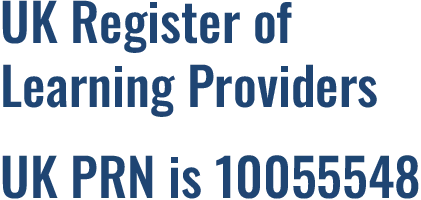The Functional Skills courses start with subject knowledge assessments. This is a series of questions that will cover a wide range of the syllabus and helps to determine what topics you need to work on.
Every topic in the course has a video tutorial with practice questions to help you prepare. When you feel confident you can progress to the mock exam questions which are designed to prepare you for your Functional Skills examination.
Once you have worked through all of the topic areas, you can work through the mock exams. There are 40 Maths Functional Skills level 2 mock exams in the course and this includes options for all different examination boards that offer this qualification giving you all the help you need to pass your qualification!
To gain the Functional Skills Qualification you would need to arrange any examinations through an authorised examination centre. Examination fees would need to be paid directly to the examination centre, and prices can change and will vary.
We can provide pricing and information on our partner examination centre who offers the Open Awards Qualification although you can complete your exams through any chosen centre registered through any other Awarding Body.





